Species Photo Gallery for Micrutalis calva Honeylocust Treehopper 44 |
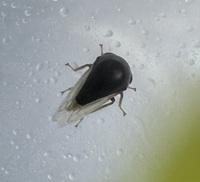 | Photo by: Marilyn Westphal
Henderson Co.
Comment: | 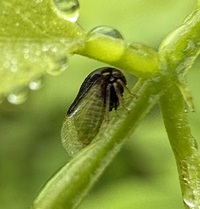 | Photo by: Marilyn Westphal
Henderson Co.
Comment: |
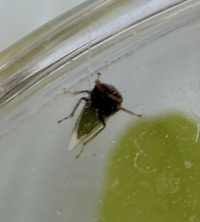 | Photo by: Marilyn Westphal
Henderson Co.
Comment: | 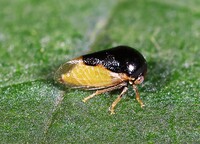 | Photo by: Rob Van Epps
Mecklenburg Co.
Comment: |
 | Photo by: Rob Van Epps
Mecklenburg Co.
Comment: | 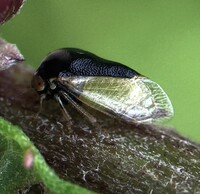 | Photo by: Ted Wilcox
Watauga Co.
Comment: |
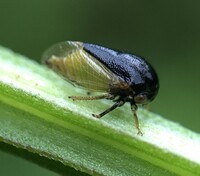 | Photo by: Ted Wilcox
Watauga Co.
Comment: | 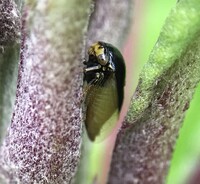 | Photo by: Ted Wilcox
Watauga Co.
Comment: unid_treehopper |
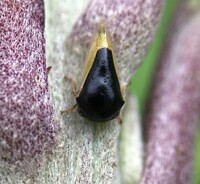 | Photo by: Ted Wilcox
Watauga Co.
Comment: unid_treehopper | 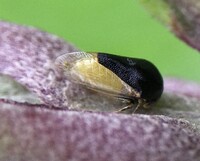 | Photo by: Ted Wilcox
Watauga Co.
Comment: unid_treehopper |
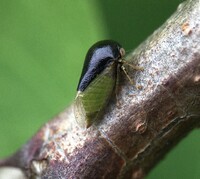 | Photo by: Ted Wilcox
Watauga Co.
Comment: unid_treehopper | 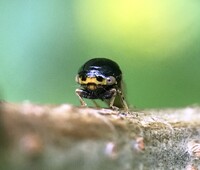 | Photo by: Ted Wilcox
Watauga Co.
Comment: unid_treehopper |
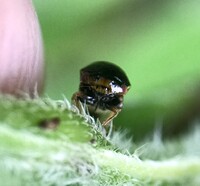 | Photo by: Ted Wilcox
Watauga Co.
Comment: unid_treehopper | 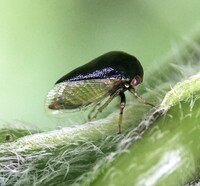 | Photo by: Ted Wilcox
Watauga Co.
Comment: unid_treehopper |
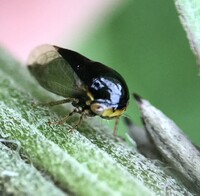 | Photo by: Ted Wilcox
Watauga Co.
Comment: unid_treehopper | 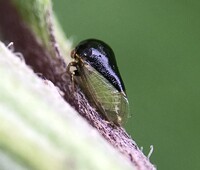 | Photo by: Ted Wilcox
Watauga Co.
Comment: unid_treehopper |
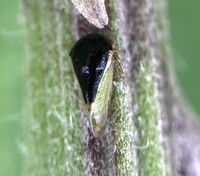 | Photo by: Ted Wilcox
Watauga Co.
Comment: unid_treehopper | 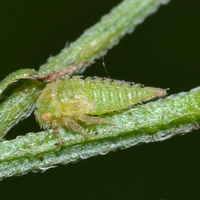 | Photo by: Margarita Lankford
Orange Co.
Comment: https://www.inaturalist.org/observations/88754536 |
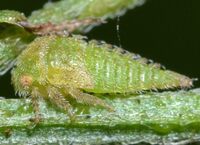 | Photo by: Margarita Lankford
Orange Co.
Comment: https://www.inaturalist.org/observations/88754536 | 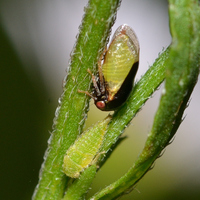 | Photo by: Margarita Lankford
Orange Co.
Comment: https://www.inaturalist.org/observations/87922596 |
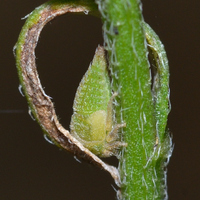 | Photo by: Margarita Lankford
Orange Co.
Comment: https://www.inaturalist.org/observations/87922595 | 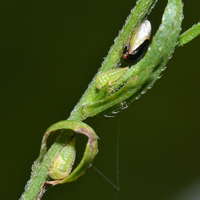 | Photo by: Margarita Lankford
Orange Co.
Comment: https://www.inaturalist.org/observations/87922595 |
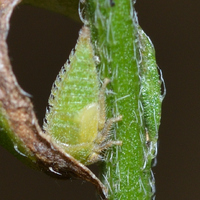 | Photo by: Margarita Lankford
Orange Co.
Comment: https://www.inaturalist.org/observations/87922595 | 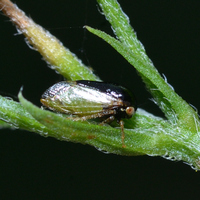 | Photo by: Margarita Lankford
Orange Co.
Comment: https://www.inaturalist.org/observations/83713014 |
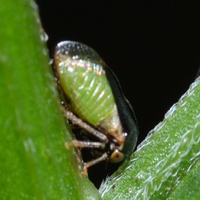 | Photo by: Margarita Lankford
Orange Co.
Comment: https://www.inaturalist.org/observations/83075138 | 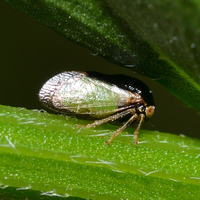 | Photo by: Margarita Lankford
Orange Co.
Comment: https://www.inaturalist.org/observations/81799988 |
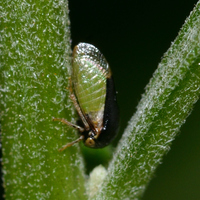 | Photo by: Margarita Lankford
Orange Co.
Comment: https://www.inaturalist.org/observations/81123497 | 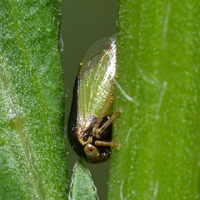 | Photo by: Margarita Lankford
Orange Co.
Comment: https://www.inaturalist.org/observations/81097637 |
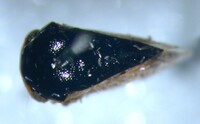 | Photo by: Bo Sullivan
Ashe Co.
Comment: ~3.5 mm | 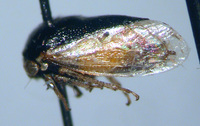 | Photo by: Bo Sullivan
Ashe Co.
Comment: ~3.5 mm |
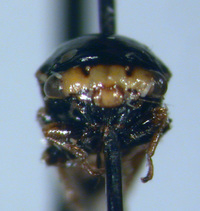 | Photo by: Bo Sullivan
Ashe Co.
Comment: ~3.5 mm | 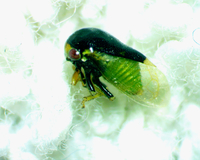 | Photo by: Ken Kneidel
Mecklenburg Co.
Comment: 3 mm, sweep through extensive area of weedy vegetation |
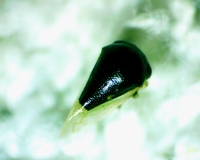 | Photo by: Ken Kneidel
Mecklenburg Co.
Comment: 3 mm, sweep through extensive area of weedy vegetation | 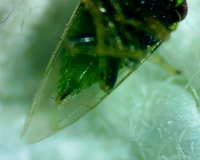 | Photo by: Ken Kneidel
Mecklenburg Co.
Comment: 3 mm, sweep through extensive area of weedy vegetation |
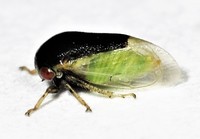 | Photo by: Rob Van Epps
Mecklenburg Co.
Comment: Weedy field near woodland. | 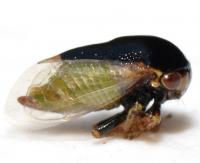 | Photo by: Kyle Kittelberger, Brian Bockhahn, Paul Scharf
Avery Co.
Comment: brusy, overgrown shrubby area in forest clearing |
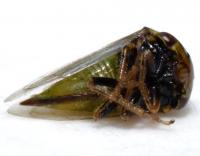 | Photo by: Kyle Kittelberger, Brian Bockhahn, Paul Scharf
Avery Co.
Comment: brusy, overgrown shrubby area in forest clearing | 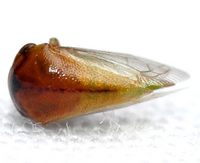 | Photo by: Kyle Kittelberger, Brian Bockhahn, Paul Scharf
Warren Co.
Comment: open grassy area within mixed hardwood forest habitat; "It is probably a form of M. calva which often has color and/or pattern variability. Since it is a female, positive ID based on the male genitalia can't be attempted." Mark Rothschild |
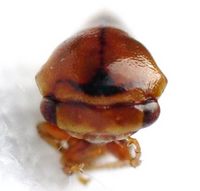 | Photo by: Kyle Kittelberger, Brian Bockhahn, Paul Scharf
Warren Co.
Comment: open grassy area within mixed hardwood forest habitat; "It is probably a form of M. calva which often has color and/or pattern variability. Since it is a female, positive ID based on the male genitalia can't be attempted." Mark Rothschild | 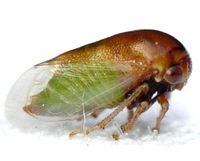 | Photo by: Kyle Kittelberger, Brian Bockhahn, Paul Scharf
Warren Co.
Comment: open grassy area within mixed hardwood forest habitat; "It is probably a form of M. calva which often has color and/or pattern variability. Since it is a female, positive ID based on the male genitalia can't be attempted." Mark Rothschild |
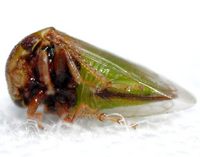 | Photo by: Kyle Kittelberger, Brian Bockhahn, Paul Scharf
Warren Co.
Comment: open grassy area within mixed hardwood forest habitat; "It is probably a form of M. calva which often has color and/or pattern variability. Since it is a female, positive ID based on the male genitalia can't be attempted." Mark Rothschild | 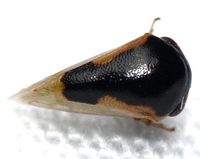 | Photo by: Kyle Kittelberger, Brian Bockhahn
Rockingham Co.
Comment: grassy area near mixed hardwood forest and a pond |
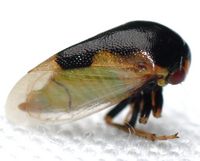 | Photo by: Kyle Kittelberger, Brian Bockhahn
Rockingham Co.
Comment: grassy area near mixed hardwood forest and a pond | 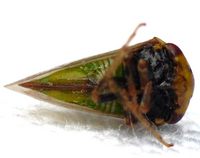 | Photo by: Kyle Kittelberger, Brian Bockhahn
Rockingham Co.
Comment: grassy area near mixed hardwood forest and a pond |
|

 »
»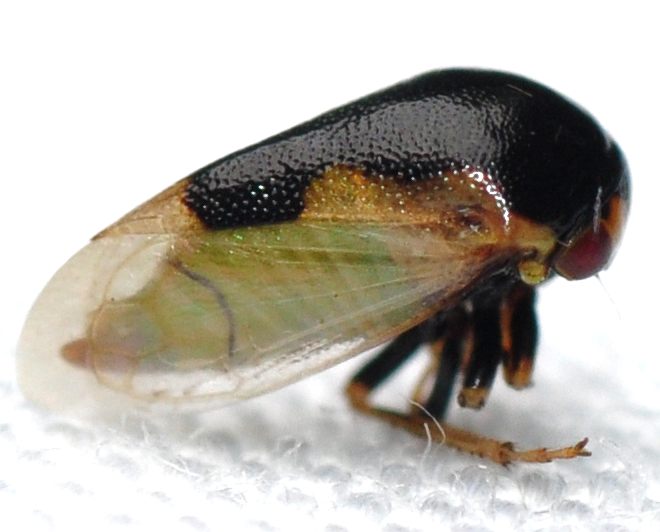

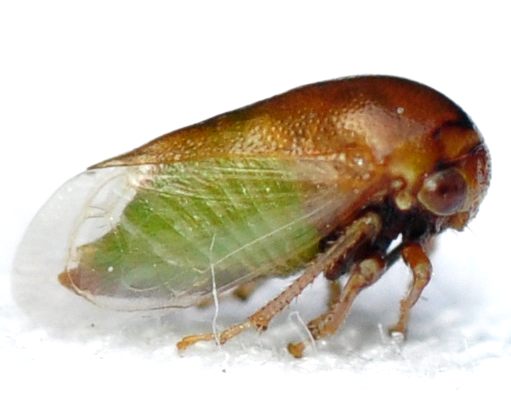
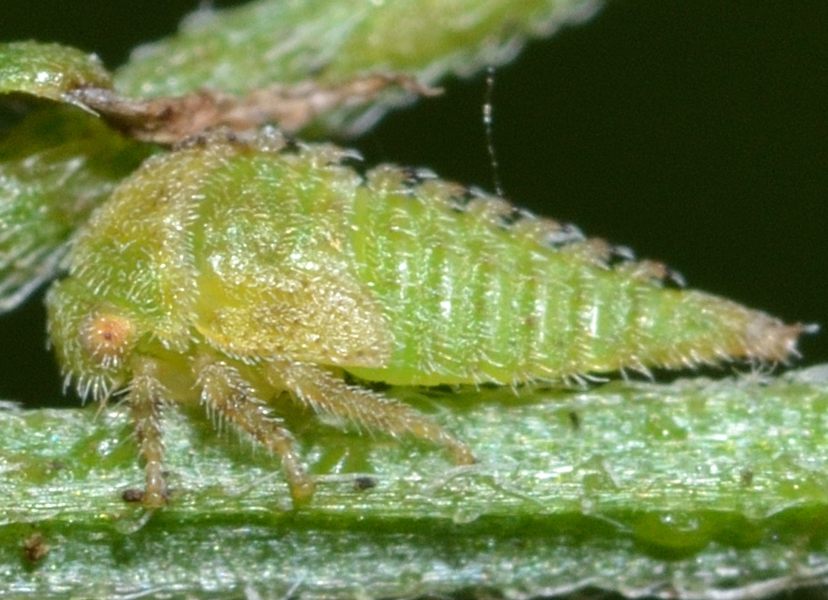

 »
»


